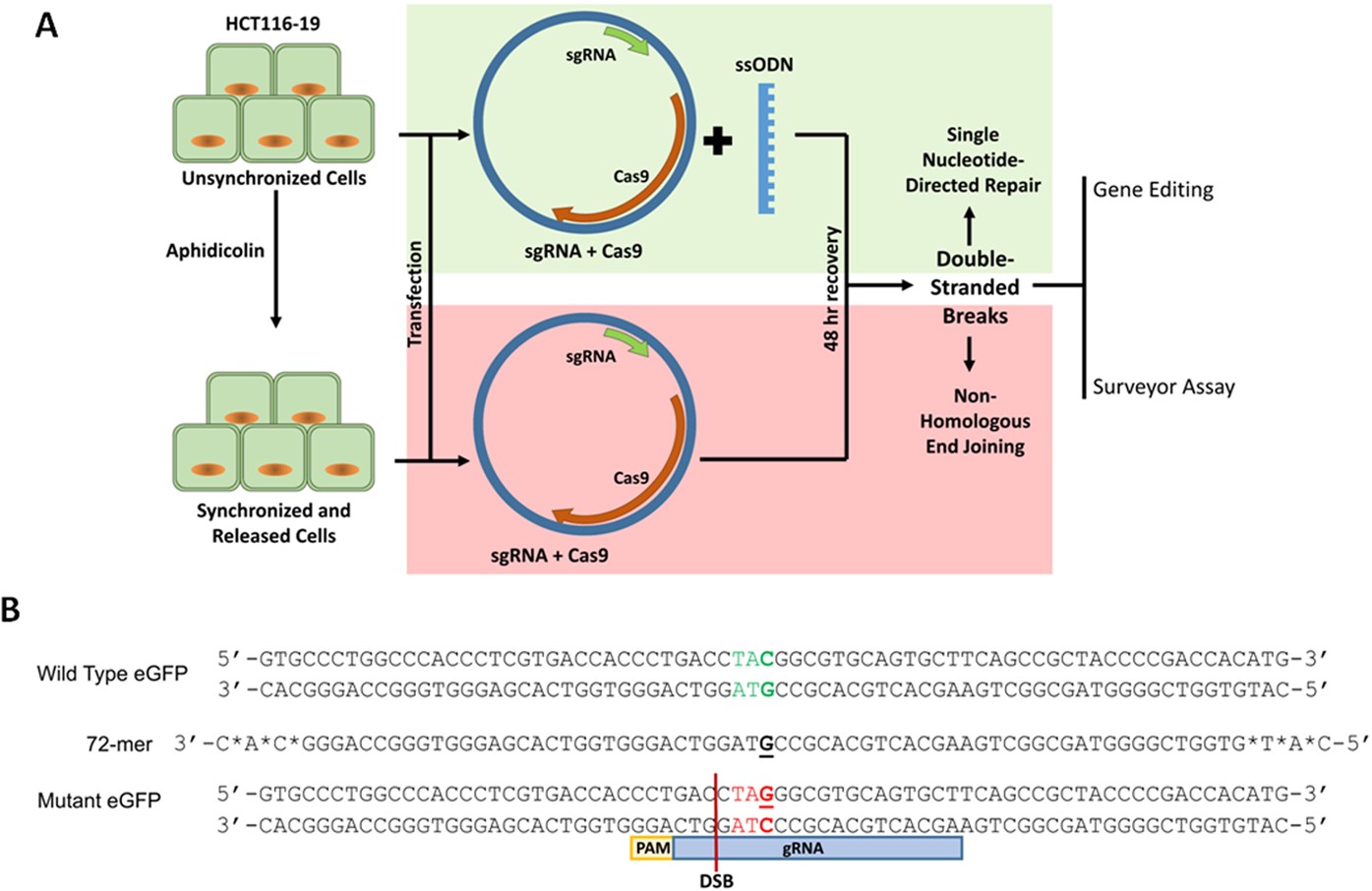
Our methods for electroretinogram recordings have been well described previously. Sanger sequencing was used to identify mutations in the YFP fragment using the M13 forward primer (−20) included in the kit. TOPO TA cloning of the PCR fragment into pCR2.1-TOPO vector was conducted following manufacturer's protocol (catalogue no. M0267S New England Biolabs, Ipswich, MA, USA). Polymerase chain reaction product was synthesized using Taq DNA polymerase with ThermoPol buffer (catalogue no. QE09050 Epicentre, Madison, WI, USA) following the heating cycle 62☌ for 20 minutes, 68☌ for 20 minutes, and 98☌ for 20 minutes. Cells were collected on day 6 and FACS sorted for mCherry-positive cells and genomic DNA extracted using QuickExtract DNA Extraction Solution (catalogue no. E2311 Promega Madison, WI, USA) following the manufacturer's protocol. To determine the spectrum and frequency of indels induced by the sgRNA selected for in vivo work, 3T3L1-YFP cells were transfected with 1.5 μg of each adeno-associated virus 2 (AAV2) plasmid, pX551 and pX552-mCherry with YFP KO sgRNA2, using Fugene HD (catalogue no. Polymerase chain reaction cleaved products were resolved on 1.8% Tris/Borate/EDTA (TBE) agarose gel and visualized using GelRed nucleic acid gel stain (catalogue no. SURVEYOR primers flanking the cleavage sites are listed in Supplementary Table S1. 706020 Integrated DNA Technologies, Inc., Coralville, IA, USA) using 200 to 400 ng PCR products generated from genomic DNA of transfected cells. Indel analysis was performed with the SURVEYOR assay kit (catalogue no. 51304 Qiagen, Chadstone, VIC, Australia). Genomic DNA was extracted using QIAamp DNA mini kit (catalogue no. 22 pX552-mCherry was generated by replacing the GFP with mCherry using SalI and BspEI restriction sites. 62988), 21 and the best performing sgRNAs were subsequently cloned into pX552-mCherry (a gift from Feng Zhang Addgene plasmid nos.

22 Single guide RNAs were initially cloned into the pSpCas9(BB)purov2.0 vector (a gift from Feng Zhang Addgene plasmid no. Control sgRNA sequence targeting LacZ was based on the work by Swiech and colleagues.

R70507 Life Technologies, Mulgrave, VIC, Australia) cell lines were used for indel analysis and in vitro validation, respectively ( Fig. Yellow fluorescent protein–overexpressing 3T3-L1 (ATCC CL-173 American Type Culture Collection, Manassas, VA, USA) and HEK293A (catalogue no. 21 The MM9 mouse assembly was used as the reference genome, and three sgRNAs were selected for subsequent profile testing. Single guide RNAs targeting the 5′ region of the YFP gene were designed using the CRISPR design tool (provided in the public domain, ) ( Supplementary Table S1). We demonstrate that genomic modification of cells in the adult retina can be readily achieved by viral-mediated delivery of CRISPR/Cas.

Thy1-YFP transgenic mice were used as a rapid quantifiable means to assess the efficacy of CRISPR/Cas-based retinal gene modification in vivo. Electroretinography profiling found no significant alteration in retinal function following AAV2-mediated delivery of CRISPR/Cas components compared to contralateral untreated eyes. Overall, we found an 84.0% (95% confidence interval : 81.8–86.9) reduction of YFP-positive cells in YFP-sgRNA–infected retinal cells compared to eyes treated with LacZ-sgRNA.

Five weeks after intravitreal injection, retinal function was determined using electroretinography, and CRISPR/Cas-mediated gene modifications were quantified in retinal flat mounts.Īdeno-associated virus 2–mediated in vivo delivery of SpCas9 with sgRNA targeting YFP significantly reduced the number of YFP fluorescent cells of the inner retina of our transgenic mouse model. One AAV2 construct was used to deliver Streptococcus pyogenes Cas9 (SpCas9), and the other delivered sgRNA against YFP or LacZ (control) in the presence of mCherry. Single guide RNA (sgRNA) plasmids were designed to target YFP, and after in vitro validation, selected guides were cloned into a dual AAV system. In seeking to disrupt yellow fluorescent protein (YFP) in a Thy1-YFP transgenic mouse, we assessed the feasibility of utilizing the adeno-associated virus 2 (AAV2) to deliver CRISPR/Cas for gene modification of retinal cells in vivo. Clustered Regularly Interspaced Short Palindromic Repeats (CRISPR)/CRISPR-associated protein (Cas) has recently been adapted to enable efficient editing of the mammalian genome, opening novel avenues for therapeutic intervention of inherited diseases.


 0 kommentar(er)
0 kommentar(er)
